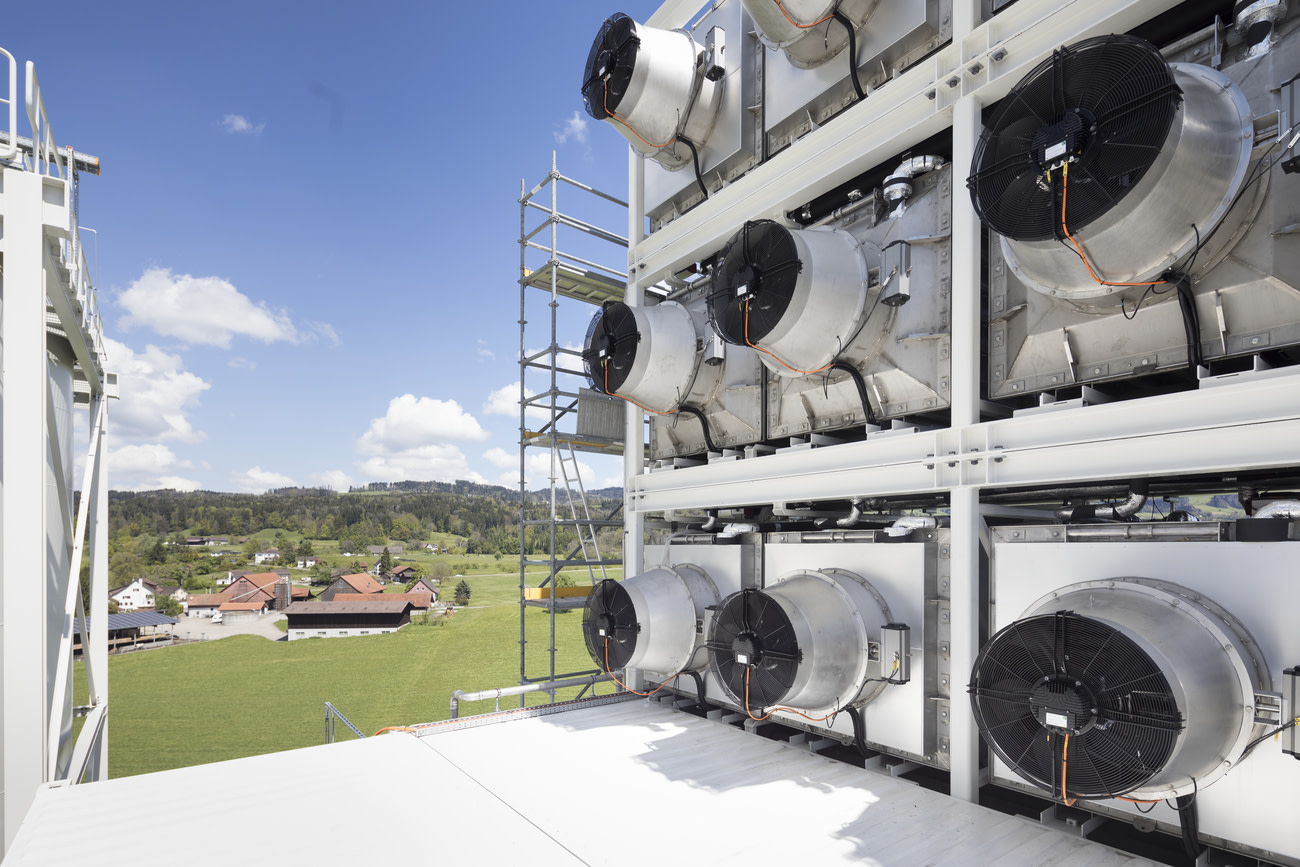ExxonMobil has begun design studies for a carbon capture hub in Gippsland, South East Australia
Exxon Mobil Corp

ExxonMobil announced today that it is conducting early front-end engineering design studies (pre-FEED) to investigate the possibility of using carbon capture and storage to cut greenhouse gas emissions from a variety of industries located in the Gippsland Basin.
The depleted Bream field off the coast of Gippsland, Victoria, would initially be used as a storage location for CO2 by the South East Australia carbon capture and storage (SEA CCS) hub. The business is actively in contact with regional businesses that might be interested in using the SEA CCS hub to cut back on emissions from their operations.
The plan calls for up to 2 million metric tonnes of CO2 to be captured annually. The SEA CCS hub might be operational by 2025 if technical and commercial viability are confirmed.
According to Joe Blommaert, president of ExxonMobil Low Carbon Solutions,
collaboration with other industries is an important step to unlock future carbon capture and storage opportunities for Australia, with the potential for large-scale reductions in the highest emitting industrial sectors. The deployment of critical technologies needed to support society's aspiration for a net-zero future will be accelerated by wise government policies.
ExxonMobil created its Low Carbon Solutions business to market the organization's wide range of lower-emission products with the aim of enhancing long-term shareholder value and assisting with global emission-reduction initiatives.
By utilising the expertise, know-how, and size of ExxonMobil, Low Carbon Solutions is dedicated to commercialising lower-emission business opportunities in carbon capture and storage, hydrogen, and lower-emission fuels. The business has been capturing CO2 for more than 30 years, and collectively, it has captured more CO2 produced by humans than any other business. With an annual capacity of about 9 million metric tonnes, it accounts for about one-fifth of the global carbon capture and storage capacity.
Source: ExxonMobil news






